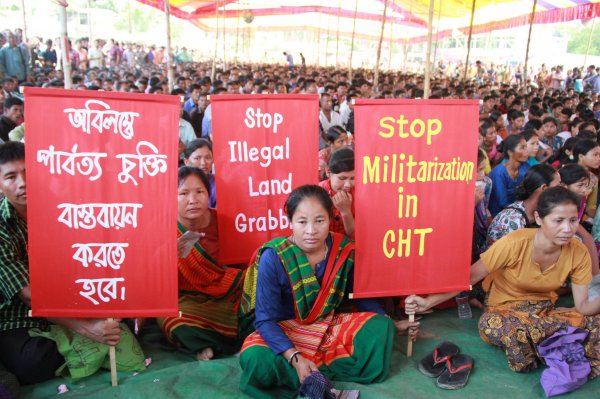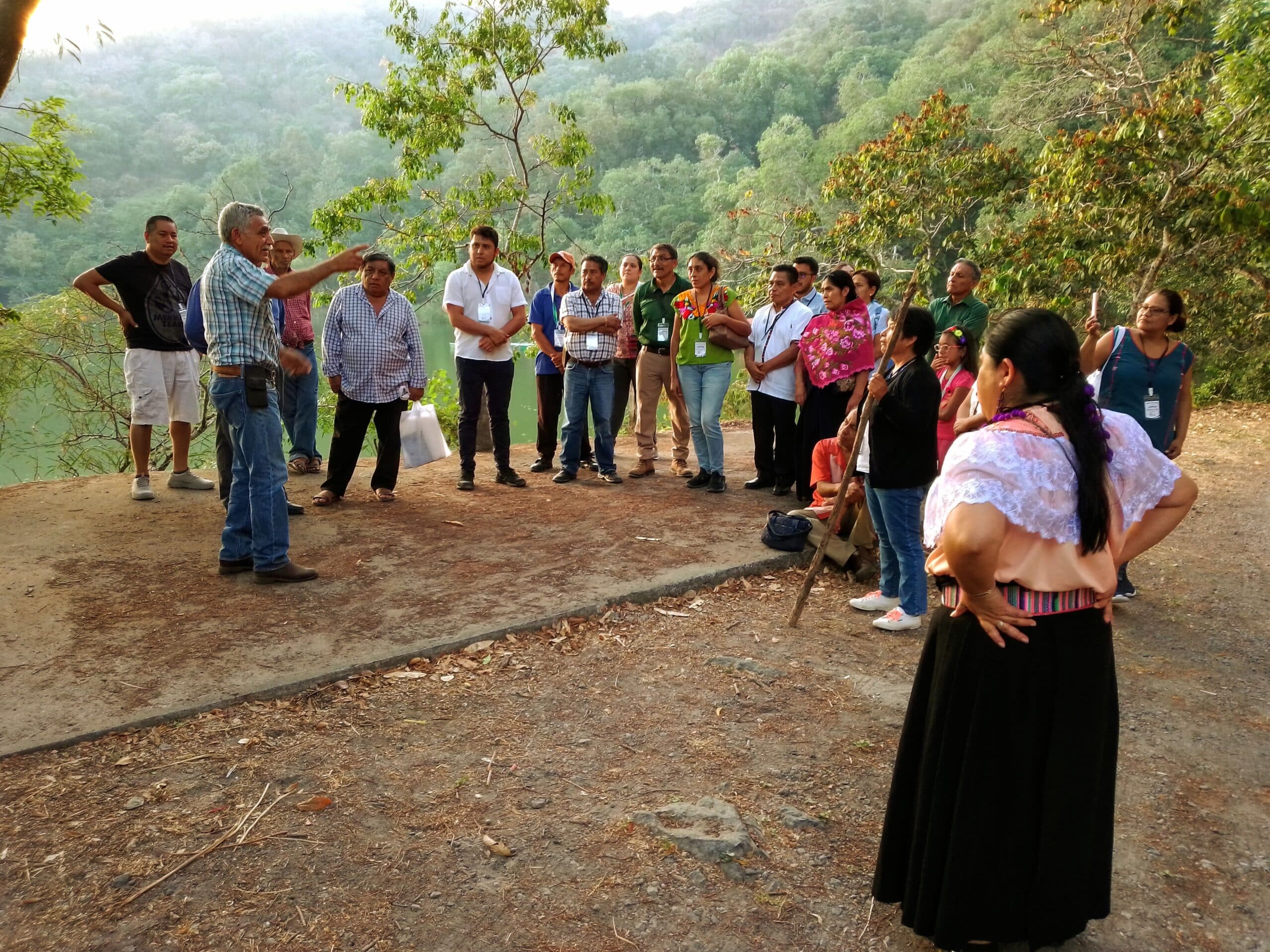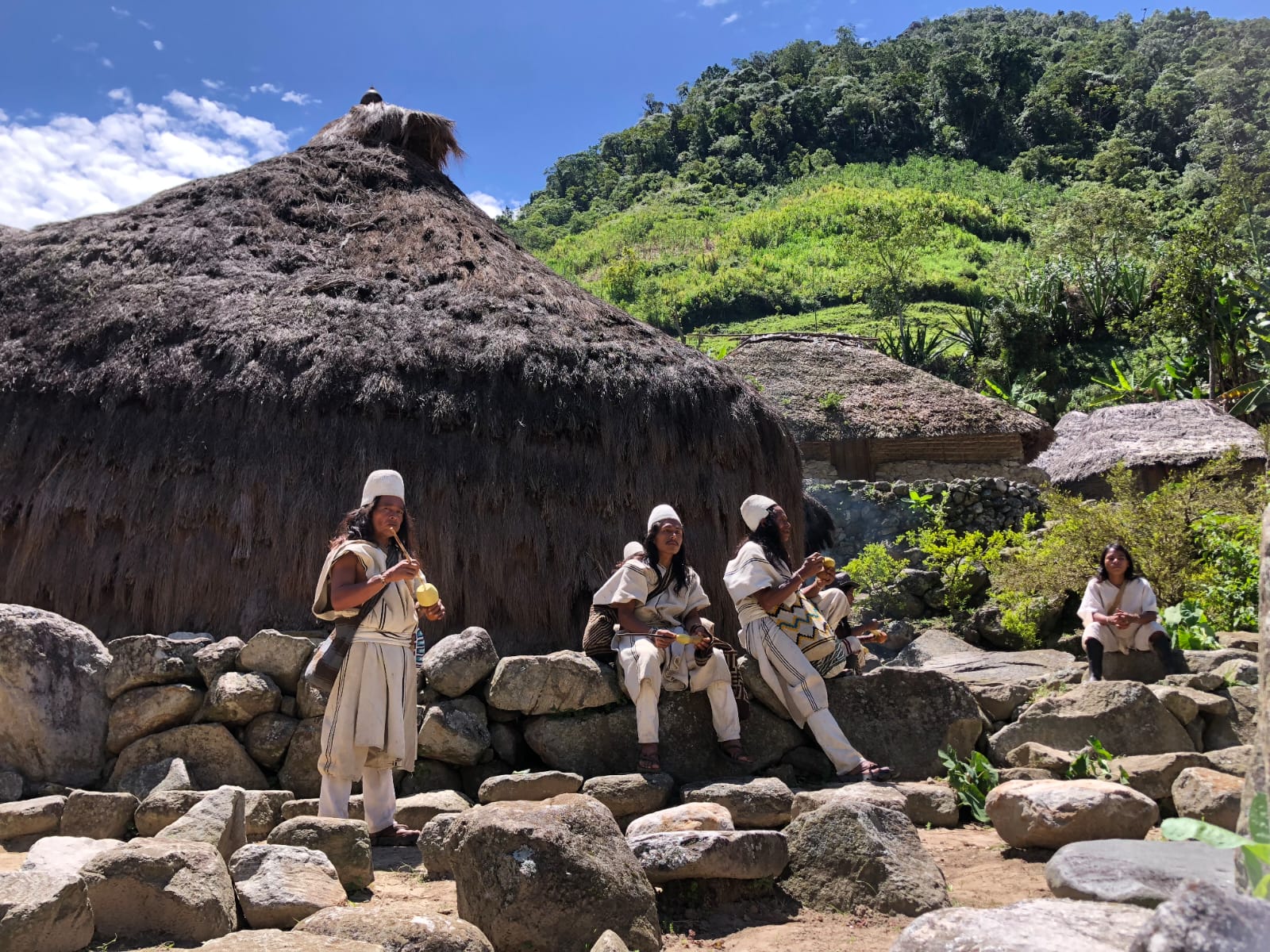The Bangladeshi courts must reject challenges to its validity, and protect Indigenous land rights and systems of governance.
The situation in Bangladesh is critical. The upcoming 2024 parliamentary elections have led to demands for free elections, outbreaks of violence and the jailing of thousands. The situation is extremely serious, at least four people have died and hundreds have been injured, but despite pressure to initiate dialogue with the opposition, the military-supported government is not backing down. Prime Minister Sheik Hasina, in power since 2009, is seeking a fourth five-year term amidst accusations of vote rigging in previous elections, and major pay protests by garment workers.
Whatever the outcome, the future of the Indigenous Peoples of the Chittagong Hill Tracts, and the 1900 Regulation that lends a certain amount of protection for their lands and traditional forms of government, are in serious danger. Keeping up international pressure is essential if these Indigenous Peoples are to survive and live in peace on their traditional lands, with their traditional forms of government.
The Chittagong Hill Tracts Accord and the 1900 Regulation.
Signed in December 1997, The CHT Accord (CHTA) was a result of a longstanding conflict between the Indigenous Peoples of the Chittagong Hill Tracts (CHT), and the government of what was then East Pakistan and later Bangladesh. The CHTA was designed to restore peace after a twenty year internal conflict, guarantee the rights of Indigenous Peoples in the CHT, and improve their participation in government, but after almost 26 years, it is basically dead letter. As Binota Doy Dhamai* explains, “while the structures required by the Accord (establishment of the CHT as an Indigenous-inhabited special administered area; the creation of a mechanism to resolve land disputes; the rehabilitation of returning refugees and Internally Displaced Persons) have been put into place, they are not functional and play no part in government.
What makes the situation more serious is that the 1900 Regulation, which came into being on May 1st, 1900, during the British colonial era, and was designed to protect the Indigenous inhabitants and their culture from outside immigration, is also under attack.
Invalidating the 1900 Regulation, presently being challenged in two separate legal cases that many assume to be the work of the army, will have serious consequences for the area’s Indigenous Peoples. One of the most problematic would be the ability of outsiders to buy land, something the 1900 regulation, which recognizes the region’s customary governance system and traditional forms of government, presently prohibits without the permission of the traditional chief. Deprived of the regulation, Indigenous Peoples’ lands would be at the mercy of business, and extractive industries such as natural gas, stone mining, and tourism, much of it sponsored, ironically, by the country’s military.
As Dhamai says, “Land grabbing was rife before the 1900 Regulation was passed, and became more difficult because of it, but even with the Regulation, the Military have been occupying scenic areas for the last ten years, and promoting their own tourism projects. What we have here is a type of Military Touristic Complex.”
The land management structure of the CHT is presently traditional, and is recognized by the Regulation as such: there are no property titles, and all land is therefore managed collectively. As a consequence, if the challenge to the 1900 Regulation succeeds, the lack of titles could be used to declare that the area has no legal owners and can therefore be occupied.
Even now, with the regulation still in force, explains Dhamai, the natural resources of the hill tracts, which contain major sources of biodiversity, have been depleted over the last 25 years by a combination of agricultural monoculture, tourism activities, hill-cutting, and stone extraction by private corporations, the government and the military. “At present there are hundreds of military camps in the region (supposedly to be dismantled according to the Accord), and together with a major police and paramilitary presence, including the ‘Bangladesh Border Guard’, which is supposed to defend the area from intrusions from both India and Myanmar, the area is basically under military rule”.
The root causes
One of the causes of the dispute that led to the armed conflict was the construction by Pakistan of the Kaptai Dam in 1962, which led to an estimated 100,000 Indigenous People being evicted, a displacement succeeding governments failed to address. About 40 percent of the zone’s arable land was also flooded and 40,000 Indigenous People fled to India. Adding to the problem of displacement, Indigenous Peoples were excluded from debate in the Constituent Assembly that led to Bangladesh’s initial constitution, written after independence from Pakistan in 1971. The country’s principal founder, Sheikh Mujibur Rahman, even insisted the Hill Tract People adopt Bengali identity, and according to some reports and studies also threatened to settle Bengalis in the Hill Tracts to reduce the native peoples to a minority.
Discontent finally led to armed conflict, which intensified in 1975, when the military assumed power. And during the 1970s and 1980s the Bangladesh military did indeed institute a migratory policy designed to change the demographics of the CHT, bringing in more than 400,000 Bengalis from the plains who are known as ‘settlers’. As a result, thousands of the area’s Indigenous Peoples were evicted, while the Bangladeshi army did its part in the scheme by killing thousands more.
The army’s human rights abuses continued into the late eighties and early nineties, and as a result, 70,000 Jummas, about 10% of the total Jumma population, was forced to flee and seek shelter in the Indian state of Tripura in 1986, 1989, and 1993. Indigenous Peoples now constitute only 50% of the Hill Tracts population.
The armed conflict also continued into the 1990s. It was only in 1997 that it came to an end with the signing of an Accord that gave Indigenous groups hope for recognition and, equally important, peace. The agreement recognized the CHT region as a tribal inhabitant region; established the CHT monitoring committee; agreed to process review whenever needed; established a Chittagong Hill Tracts Ministry as part of the cabinet; established a land commission to settle disputes; agreed to the rehabilitation of both Jumma (Indigenous Peoples) refugees returning from India, and Internally Displaced People; and the dismantling of the more than 545 temporary military camps in the area.
But while the Accord brought relative peace, it did not bring stability. The continued heavy military presence in the region (only 100 of the initial 454 military bases were actually removed), together with the threats to the 1900 Regulation, which many believe are supported by the military controlled government of Sheik Hasina, have led to a resurgence of fear and mistrust. Internal violence has once more reared its head.
* (Member and former Chair-Rapporteur of the UN Expert Mechanism on the Rights of Indigenous Peoples 2020 – 2023),
Further reading:
https://www.hrw.org/news/2023/11/01/bangladesh-violence-erupts-amid-demands-fair-election
Fotos: 1. Subcontinental Wind 2. pressenza.com




